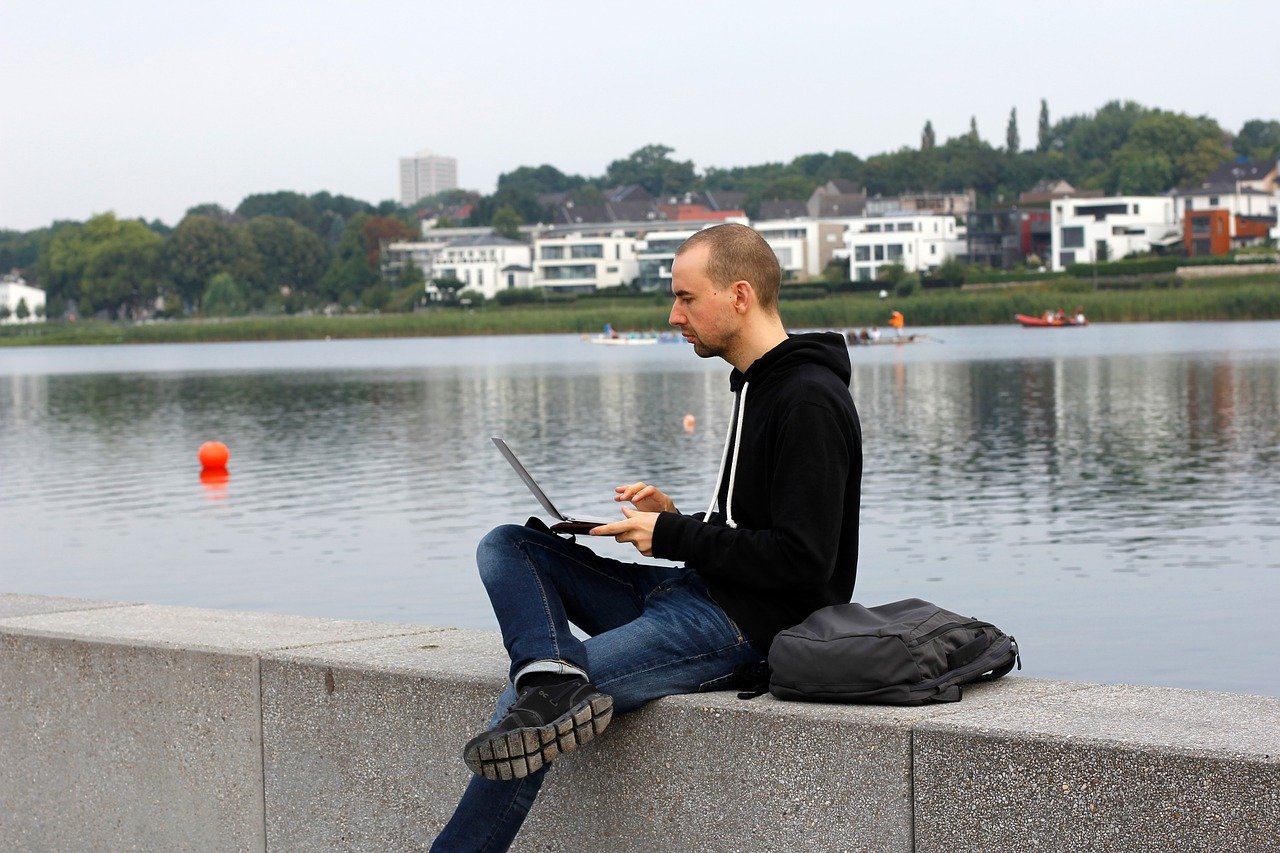Change. One word that has epitomised the way of working in the last two years.
The sudden expansion of remote working driven by lockdowns, was a phenomenon that no-one was anticipating.
While, its long-term impact is unknown, we are at a tipping point of remote work and to delve deeper, Cielo undertook a research report to understand some of the key shifts that have been set in motion. The report ‘The Benefits of Remote Working on Talent Acquisition’, spotlights remote working trends across key locations in EMEA and APAC and its implications on organisational performance.
Two years on: where are we?
With more than two years having passed since the pandemic triggered the move to remote working, there are some interesting variances emerging around the world in terms of its long-term implications.
A glance across the US provides a useful benchmark for EMEA and APAC, where the latest data shows a rapid decline in remote working.
The proportion of employed workers who wholly or partially work from home had, by April 2022, fallen to 8% – down from 15% in January 2022.
This data, unlike the UK data, does not include freelancers of which the proportions are sizeable in the US.
A study of legislative change aimed at governing the rise of remote working, provides an indicator on attitudes to remote working in each country.
It also starts to provide a useful indicator on which countries are seeking to embrace remote working for competitive advantage and/or have realised that the practice has become mainstream.
Summary overview or legislation governing remote working: APAC, May 2022
| APAC: Country | Covered by legacy legislation | New legislation introduced |
| India | Partial | No |
| China | No | No |
| Australia | Partial | No |
| Taiwan | Partial | Guidance: June 2021 |
| Philippines | Yes: (Telecommuting) | No |
| Hong Kong | Partial | No |
| Singapore | Partial | Guidance: Apr 2022 |
Furthermore, a Fujitsu study found that Asian companies prefer the traditional work culture more – including having employees in the office.
They predict that less than 30% of employees in the APAC region will be working remotely by 2024.
Employers in APAC are hesitant to offer such options due to concerns about the logistical and legal issues associated with a workforce split between in-person and remote work and cultural nuances.
An analysis of the global pool of job ads on LinkedIn provides a valuable insight into the extent to which candidates in key geographies, industries and occupations are being targeted with remote working opportunities.
Crucially, this profile contains offers of remote work from both domestically located employers and those who are open about the work location of targeted workers, as they are either operating a ‘remote-first or ‘remote-only’ model.
Organisations who sit within this category of ‘remote first’ employers include Canonical, Crowdstrike, Zendesk and ConsenSys.
Interestingly, a key finding our report found that job ads on LinkedIn showed that only 2% of APAC companies are offering remote work options.
This is in spite of the fact that 85% of workers in APAC surveyed by EY did not want to work in the office full time in 2021.
In 2022, the same EY Work Reimagined Survey showed that 80% of employees wanted to have the option to work remotely at least two days a week.
The Gap in Perspective

Despite this signal from employees, remote work is yet to be a mainstream option for employers.
This ‘hardening resolve’ to work remotely amongst workers that are adamant they will, has been noted in Singapore.
The Institute of Policy Studies reported that, the proportion of people that work from home and prefer it, who would be willing to change jobs if their employer forced them to return to the office full time, increased five percentage points between December 2021 (37%) and March 2022 (42%).
And wherever we look across the world, the compound effect of the closure and reopening of economies has resulted in one and the same thing: a spike in open and unfilled vacancies.
Not offering flexible work models would lead to overall employee dissatisfaction and poor work life balance – which could lead to a high resignation rate.
This report found that close to 50% of Singaporeans would leave their current jobs within the next 12 months due to a lack of such work models.
The report also found that employee turnover costs employers $12,000 a year per employee.
Finding and training a new employee also takes time, effort, and financial resources.
An employee also takes time to learn about their role and do their tasks properly.
The bottom-line

The choice for employees to work from where they prefer and a rise in workers feeling empowered to demand these options is not going away – and employers know this.
Non-flexible rules – relating to unilateral pay cuts for remote working or prescriptive requirement have the potential to be damaging to employer brands.
If viewed as an opportunity, accommodation of remote (and flexible) working – where appropriate – has the potential to:
- Significantly increase the talent pool
- Improve the diversity of new hires
- Fill skills gaps
- Reduce attrition
- Reduce impact on the environment
- Enable organisations to meet their business goals
Companies should invest time and resources to adapt and resolve new problems that arise out of remote and hybrid work.
For instance, they can develop training sessions that can effectively train and manage employees, remotely engaging and developing them, sending employees on upskilling and personal development courses, and providing opportunities for ideation.
Providing opportunities through corporate events and offsites for social engagements are also vital in keeping employees engaged.
Through this report, we hope that more employers and companies would be made aware that the workforce is already at a tipping point – and that should companies wish to continue to survive, they need to adapt – or get left behind.

Kumar Bhaya
VP Client Solutions, APAC, Cielo Talent
With over 20 years of regional experience in talent acquisition ranging from executive search to recruitment process outsourcing (RPO), Kumar works with organisations across sectors to understand their goals and challenges around talent and develops tailored solutions for them. He serves as a talent advisor to firms that are looking for an innovative, technology and brand enabled approach to securing quality talent in a highly competitive and diverse environment across Asia Pacific.
Prior to Cielo, Kumar worked with global talent solutions providers including Korn Ferry and KellyOCG, supporting organisations across sectors including Advanced Technology, Engineering, Life Sciences, Consumer and Professional Services. He has also worked extensively in executive search, providing a high touch and research driven approach to strategic senior and niche talent acquisition.
Before becoming a talent acquisition professional, Kumar spent 5 years in sales and operations in the consumer electronics and technology sectors in South East Asia. Kumar has a Bachelors degree in Commerce and an MBA, both from the University of Mumbai and a Diploma in Computer Management.




